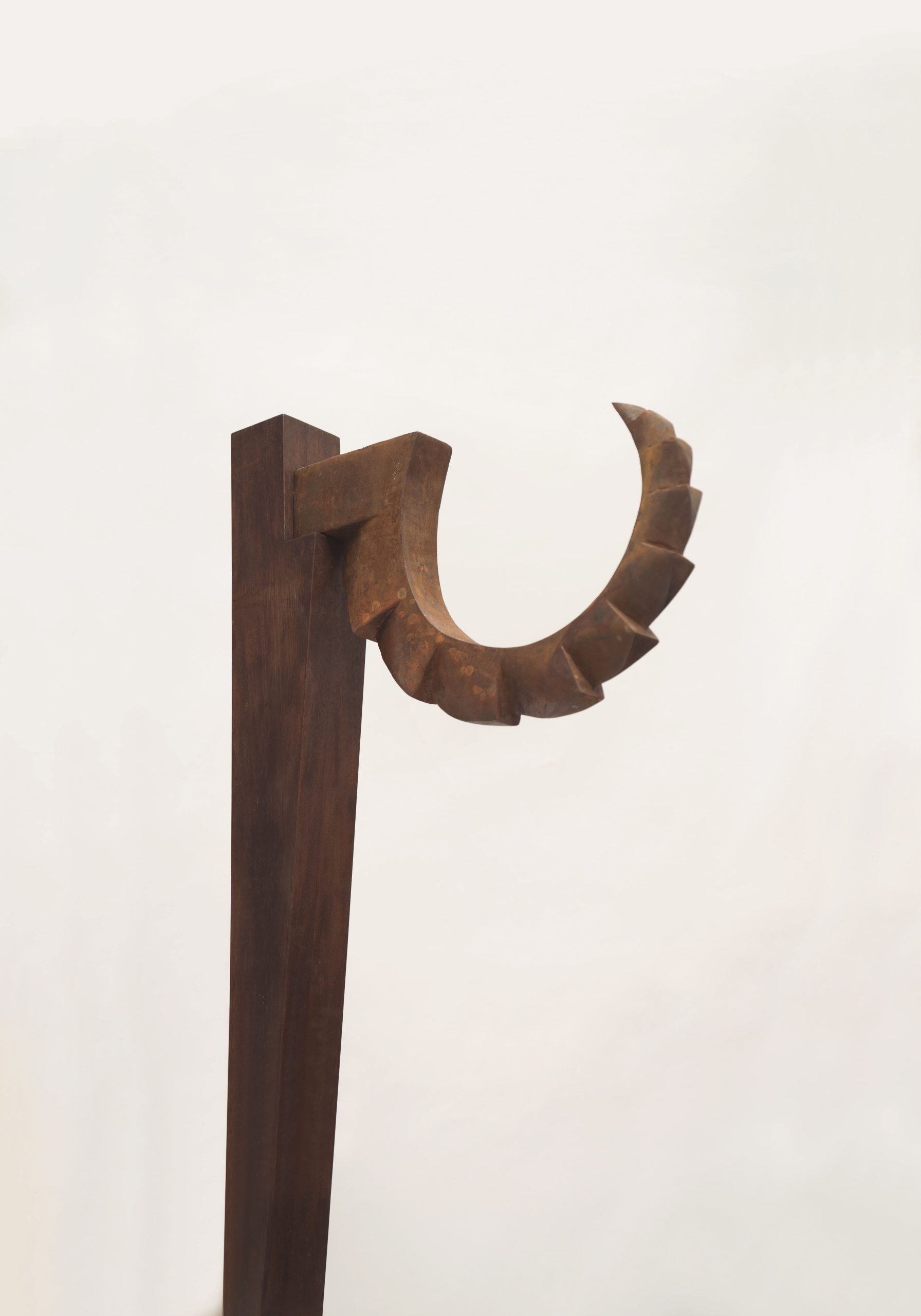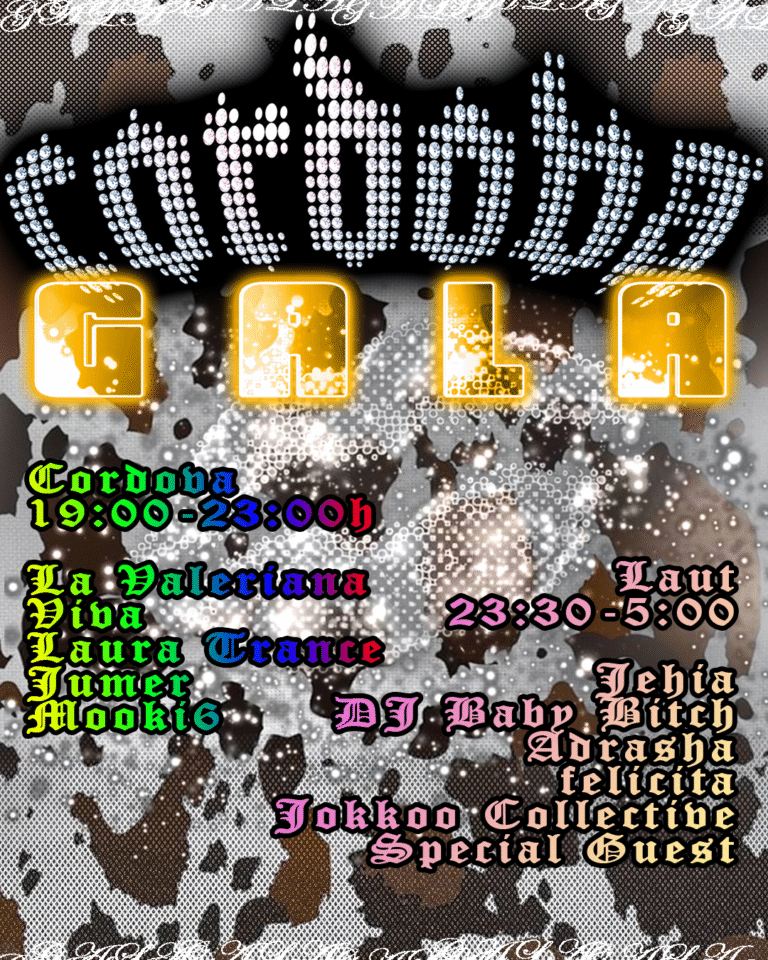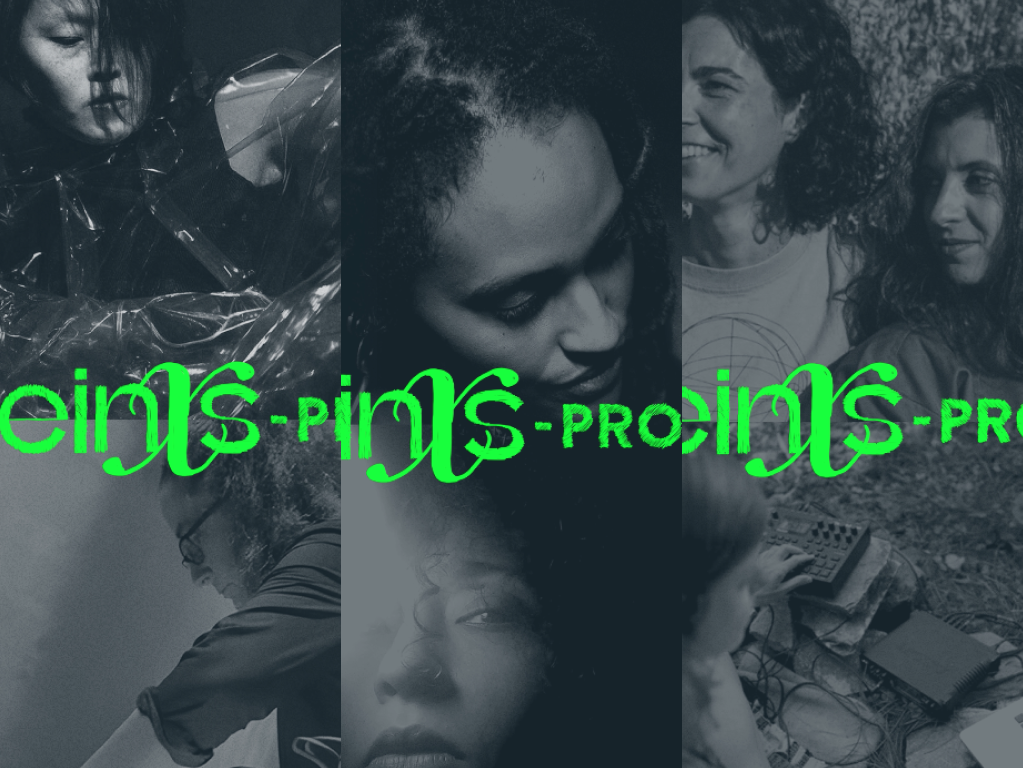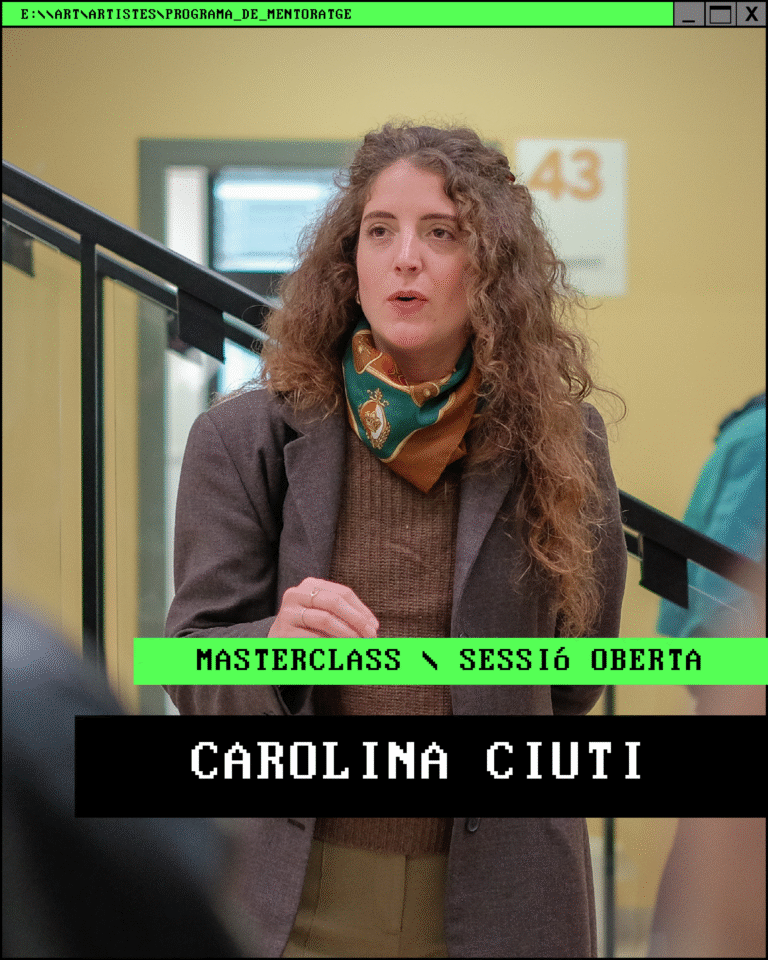Mascarones. Lluís Ventós
There are gestures that reveal far more than they seem. Making a list, for example. Choosing and arranging the names of twenty-six boats that have marked a life. It might appear a simple exercise, but it is not. It is an act of honesty, of memory, of courage, of remembrance, of putting emotions in order, of drawing a line between past and present. Because naming the boats —just as one names feelings, affections, wounds, the lights and shadows of oneself— means accepting that everything one has been flows through these floating metaphors. Lluís Ventós has been shaped not only by his work, but also by his soul.
This is what he has done with this exhibition. He has returned to the boats that have passed through him, and those he has passed through. He has placed wood, iron, and intuition where others would only see a simple boat. And he has turned twenty-six vessels into twenty-six figureheads. But beware, this is not about representing any boat. It is about inhabiting it, making it speak. Each figurehead is a fragment of life; a sculptural confession; a story unfolding like a sail. These are pieces born of touch, memory, and love. Love for the sea, for his people, and for a way of living that is also a way of resisting. Because, in truth, the exhibition is not a series of isolated objects, but a single sculpture made of twenty-six parts.
A work of essential, pure, and refined forms, balancing between pure geometry —circle, column, spiral, vertical line— and organic form —wing, tentacle, anthropomorphic or animal body. The volumes often combine in subtle games of balance, with structures that appear fragile yet convey inner solidity, always holding a tension between movement and stability. Lluís works wood in its living state, preserving knots, veins, cracks, and scars, as if each piece retained the memory of the material. Natural texture merges with polished, smooth surfaces contrasted with rough or unfinished areas, suggesting the duality between the crafted and the lived. The contrast between light and dark woods underscores symbolic oppositions: light/darkness, sea/land, life/death, self/others.
Lluís knows how to make wood, metal, and emptiness speak. The sculptures tell us of many things: discovery and fear; childhood and maturity; family, friendship, and solitude; loss and hope. They are journeys. They are people. They are everything that makes us fragile and brave at once. That is why they touch us. Because, in the end, who does not have their own boats —whether real or imagined— that have guided us to where we are and who we are? There is the boat where it all begins, like Pepe. The one that represents desire, freedom, or family. The one that sinks and leaves a trace. The one that takes us to familiar coves, like intimate rituals. The one that shows us the deepest darkness, and the one that reminds us that, even there, we can light a flame. The one that lives and makes live. The one that departs and leaves its mark. He has looked at each vessel with his soul, listened to what the woods whispered, and let memories guide his hands. Those who know him will recognize tenderness, humor, stubbornness, a sharp yet compassionate gaze, and unflinching sincerity. He neither wants nor can separate life and work —everything belongs to the same sea.
Do not expect to find answers. Perhaps not even explanations. But you will find truth. A truth made of forms, of empty spaces, of textures, of silences. A truth that unfolds with the serenity and strength of one who has lived intensely and does not fear sharing it.
Twenty-six figureheads. Twenty-six boats. A single voyage: that of a man, of an artist, who has made sculpture his voice and the sea his path. The journey is about to begin. Get ready to set sail.





